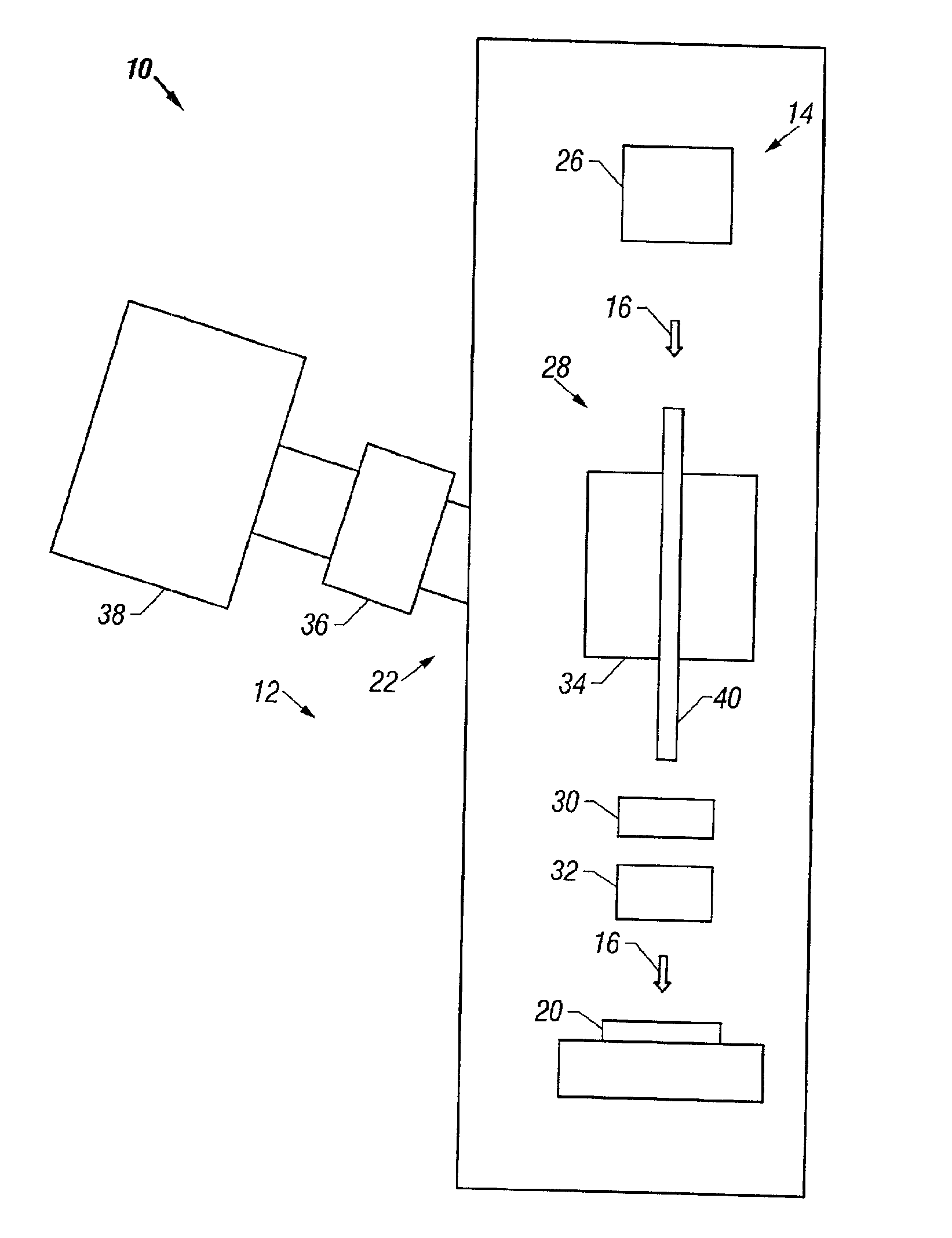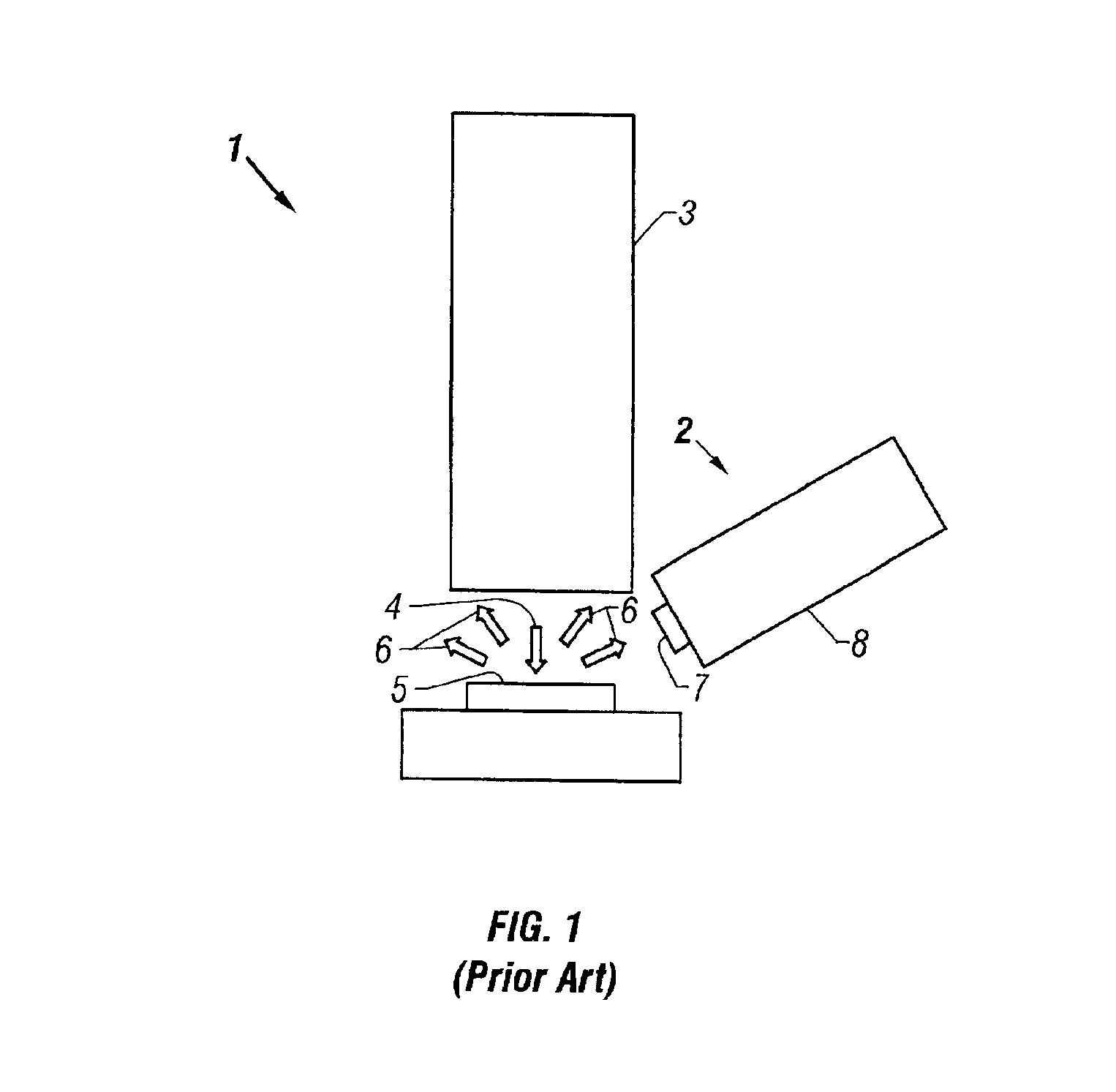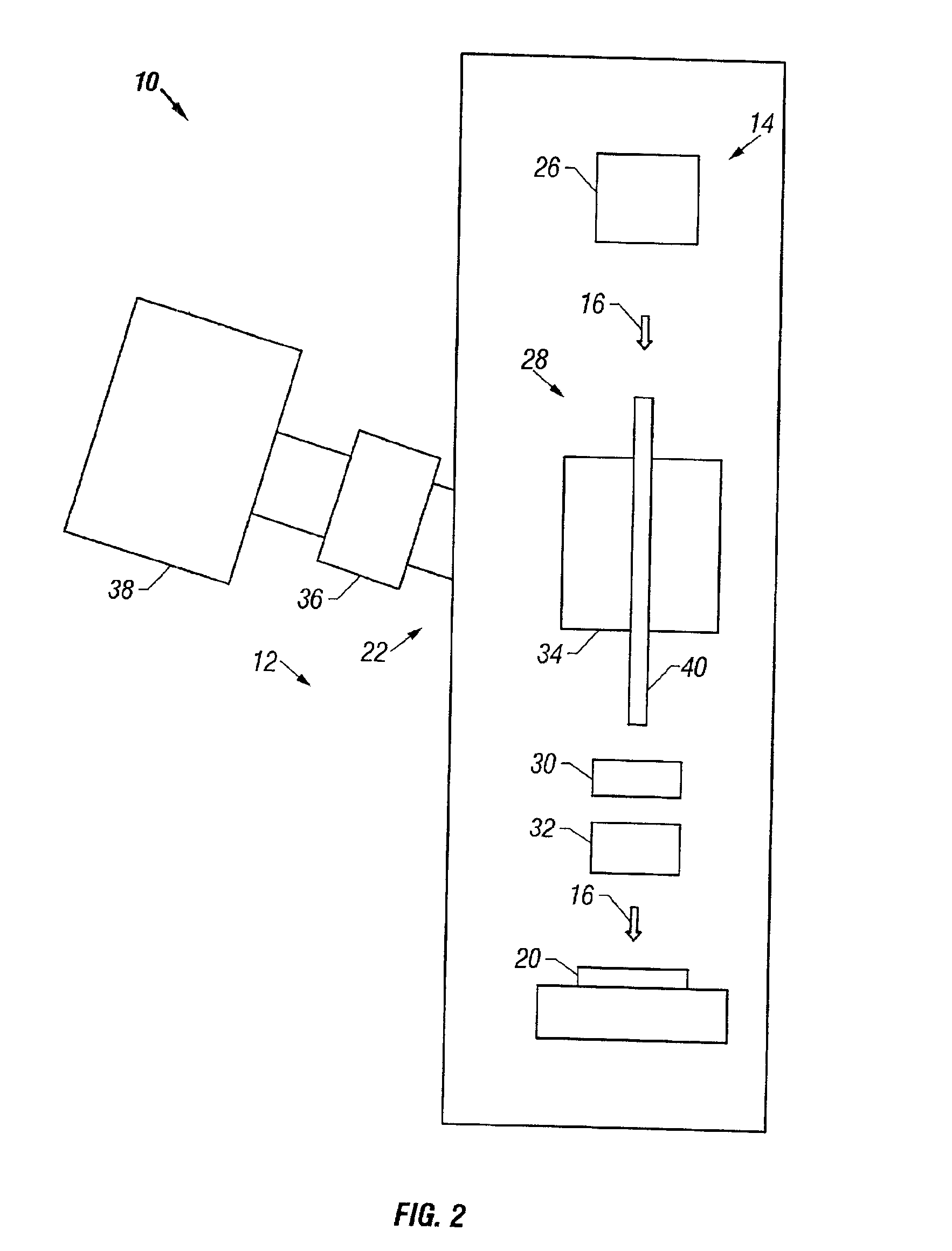Collection of secondary electrons through the objective lens of a scanning electron microscope
a scanning electron microscope and objective lens technology, applied in the field of scanning electron microscope, can solve the problems of small number of impacting electrons giving rise to auger electrons, not being able to efficiently collect, and not being able to achieve the effect of high-resolution lens performance, reducing signal acquisition time, and increasing secondary electron signal
- Summary
- Abstract
- Description
- Claims
- Application Information
AI Technical Summary
Benefits of technology
Problems solved by technology
Method used
Image
Examples
Embodiment Construction
[0038]General features of preferred embodiments of scanning electron microscope systems having through-the-lens secondary electron detector systems according to the present invention are illustrated in the following description and figures.
[0039]The inventive system preferably uses a high resolution objective lens, such as an extended field (snorkel) lens, an immersion lens, or a dual pole magnetic lens. Secondary electrons are collected through the objective lens and then deflected away from the primary beam axis to a detector, preferably an Auger electron spectrometer. In a preferred embodiment, an electrostatic lens inside of the primary beam objective lens accelerates the Auger electrons away from the sample and reduces the angle of secondary electrons exiting the objective lens. A deflector, such as a spherical capacitor, deflects the Auger electrons out of the primary beam path. The primary beam is shielded as it passes through the deflector to prevent aberration of the primar...
PUM
| Property | Measurement | Unit |
|---|---|---|
| beam energy | aaaaa | aaaaa |
| beam energy | aaaaa | aaaaa |
| energy | aaaaa | aaaaa |
Abstract
Description
Claims
Application Information
 Login to View More
Login to View More - R&D
- Intellectual Property
- Life Sciences
- Materials
- Tech Scout
- Unparalleled Data Quality
- Higher Quality Content
- 60% Fewer Hallucinations
Browse by: Latest US Patents, China's latest patents, Technical Efficacy Thesaurus, Application Domain, Technology Topic, Popular Technical Reports.
© 2025 PatSnap. All rights reserved.Legal|Privacy policy|Modern Slavery Act Transparency Statement|Sitemap|About US| Contact US: help@patsnap.com



